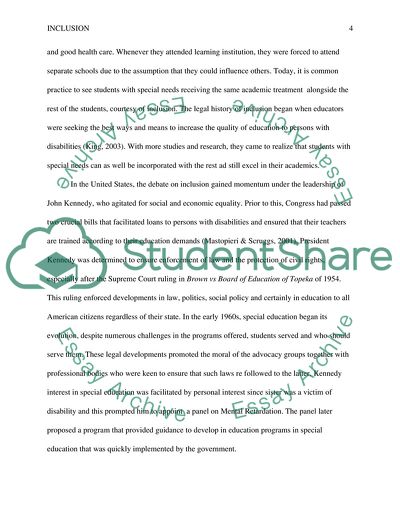Cite this document
(Promoting Inclusion in Secondary Classrooms Literature review Example | Topics and Well Written Essays - 1500 words, n.d.)
Promoting Inclusion in Secondary Classrooms Literature review Example | Topics and Well Written Essays - 1500 words. https://studentshare.org/education/1811244-inclusion
Promoting Inclusion in Secondary Classrooms Literature review Example | Topics and Well Written Essays - 1500 words. https://studentshare.org/education/1811244-inclusion
(Promoting Inclusion in Secondary Classrooms Literature Review Example | Topics and Well Written Essays - 1500 Words)
Promoting Inclusion in Secondary Classrooms Literature Review Example | Topics and Well Written Essays - 1500 Words. https://studentshare.org/education/1811244-inclusion.
Promoting Inclusion in Secondary Classrooms Literature Review Example | Topics and Well Written Essays - 1500 Words. https://studentshare.org/education/1811244-inclusion.
“Promoting Inclusion in Secondary Classrooms Literature Review Example | Topics and Well Written Essays - 1500 Words”. https://studentshare.org/education/1811244-inclusion.


